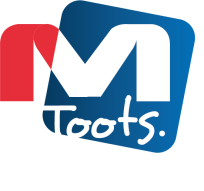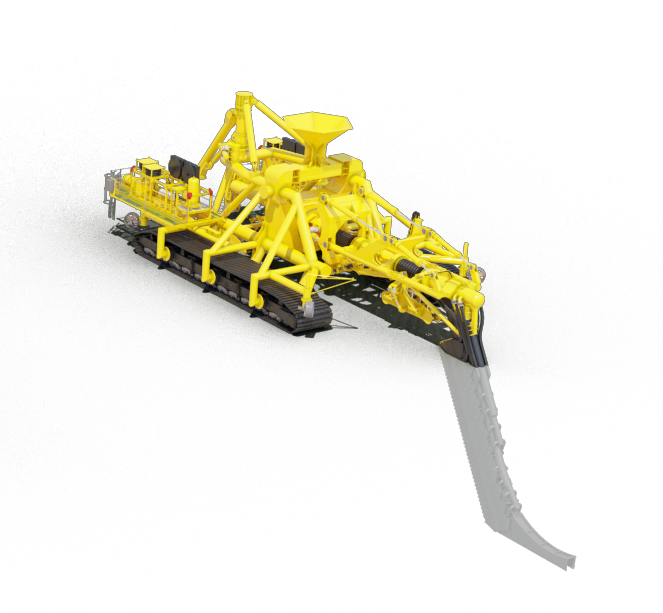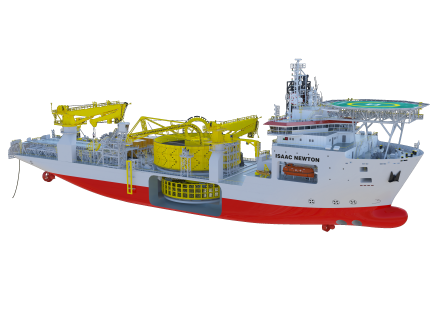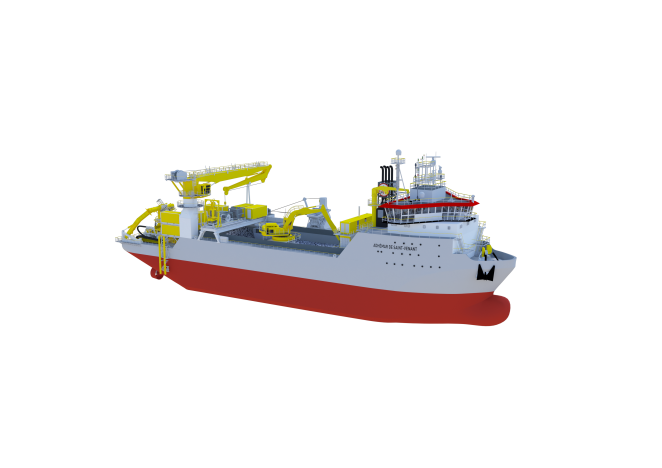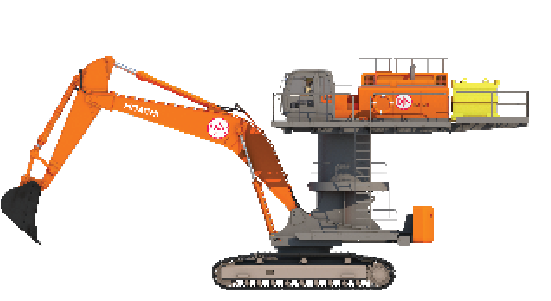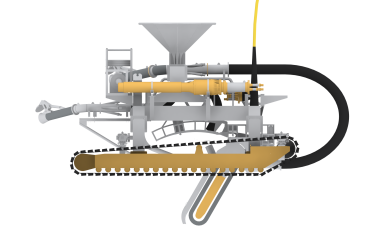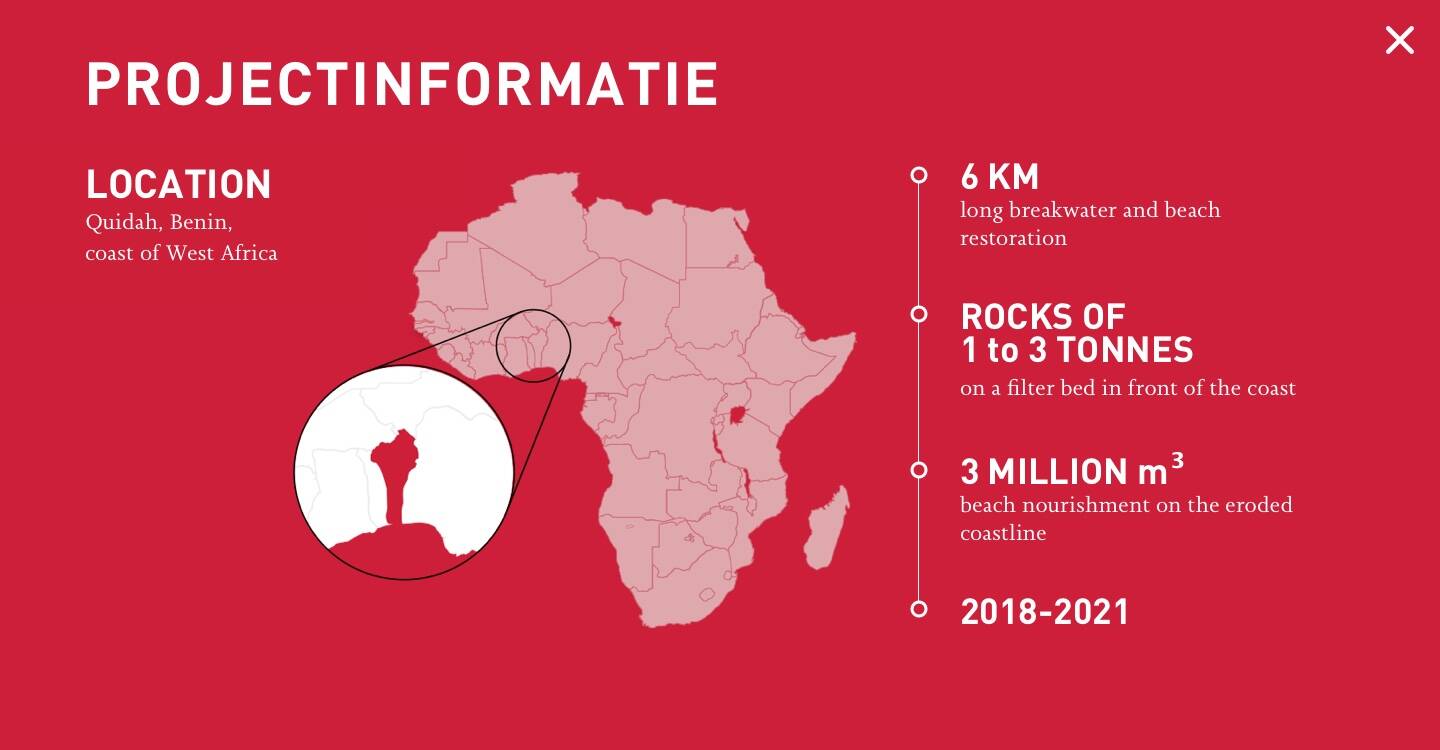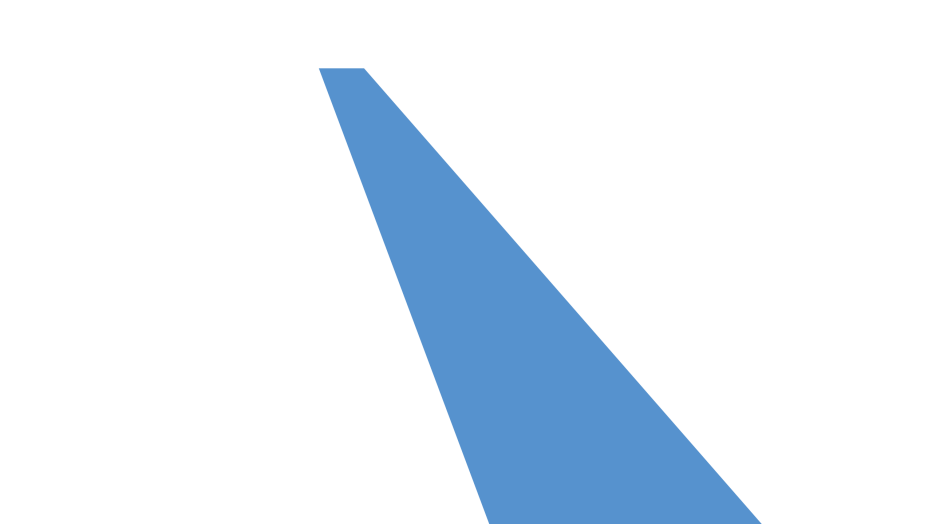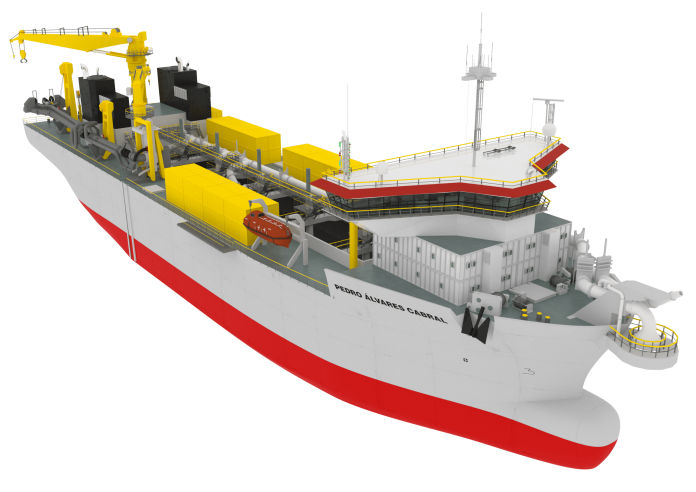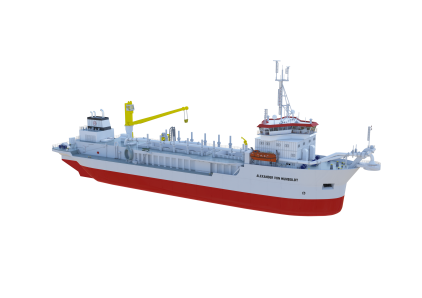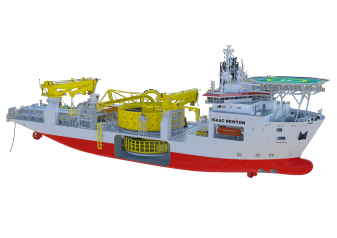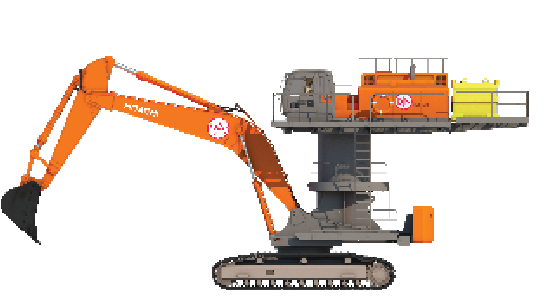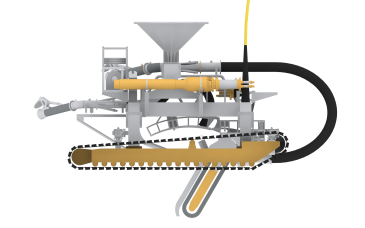
its height
its weight
the depth at which the Moonfish buries the cables
the Moonfish's soil pressure, less than 40% of the human footprint
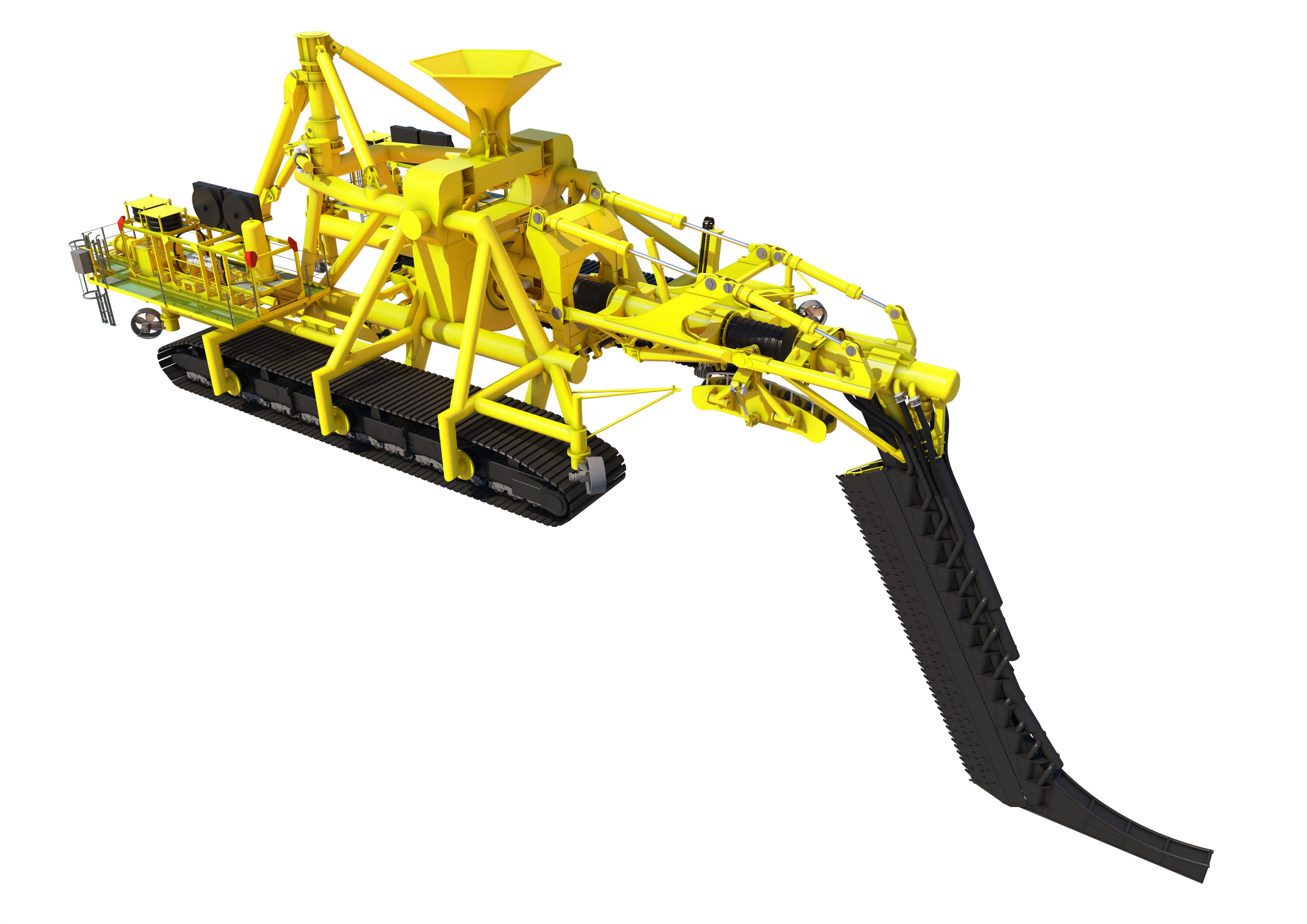
With the connection of the wind farms Hollandse Kust Noord and West Alpha, TenneT will make 1.4 GW of sustainable electricity available. This amount of green power can supply up to 1.4 million households with sustainably generated electricity.
Jan De Nul is in charge of connecting these wind farms to shore, by installing 210 km of submarine power cables.
Explained in five steps



More details?
Check out our website.
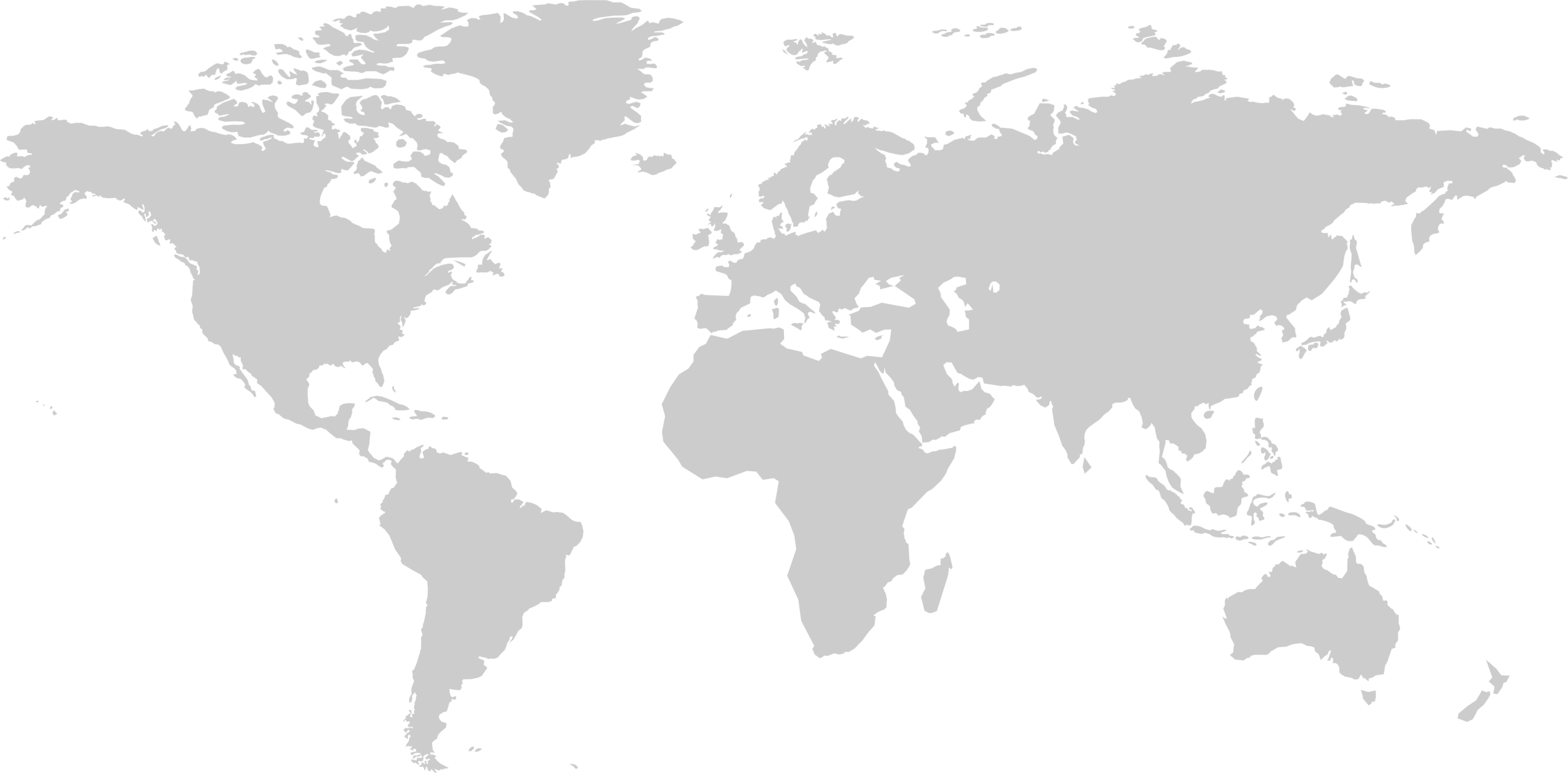
...and we connect the world

READ MORE
Wouter Vermeersch
Manager Offshore Cables at Jan De Nul Group
- The long injector or metal sword is equipped with powerful water jets that ‘blow the ground away’ with the force of the water.
- The Moonfish simultaneously lays the cable in the trench.
- This trench is immediately re-covered and, as a result, the cable is buried, invisible after installation.
- An umbilical connects the Moonfish to the heavy-lift vessel at sea for power supply and remote control.
- A floating water pipeline is connected to the Moonfish for water supply.
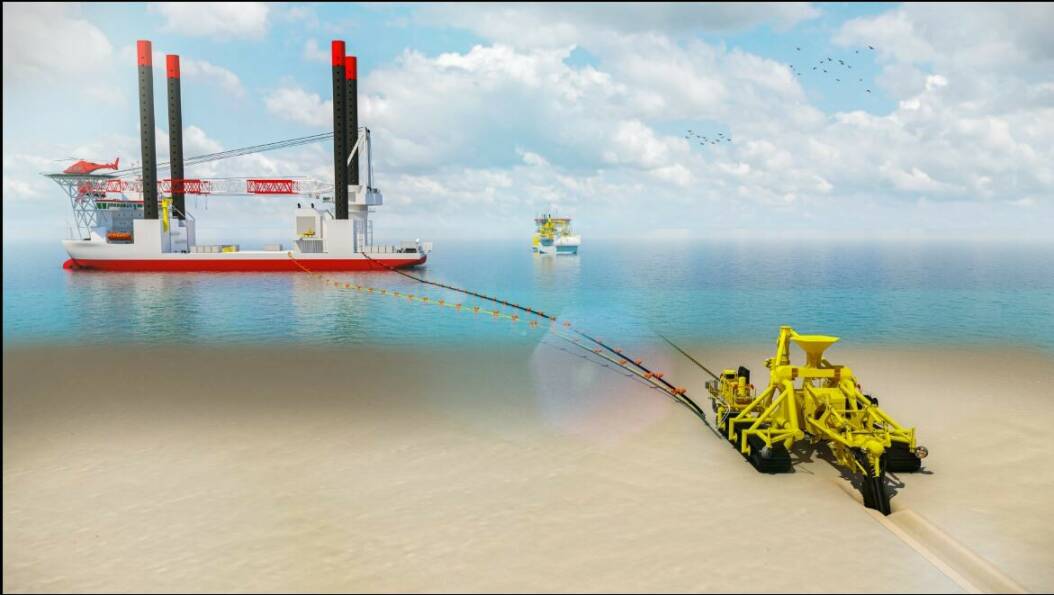
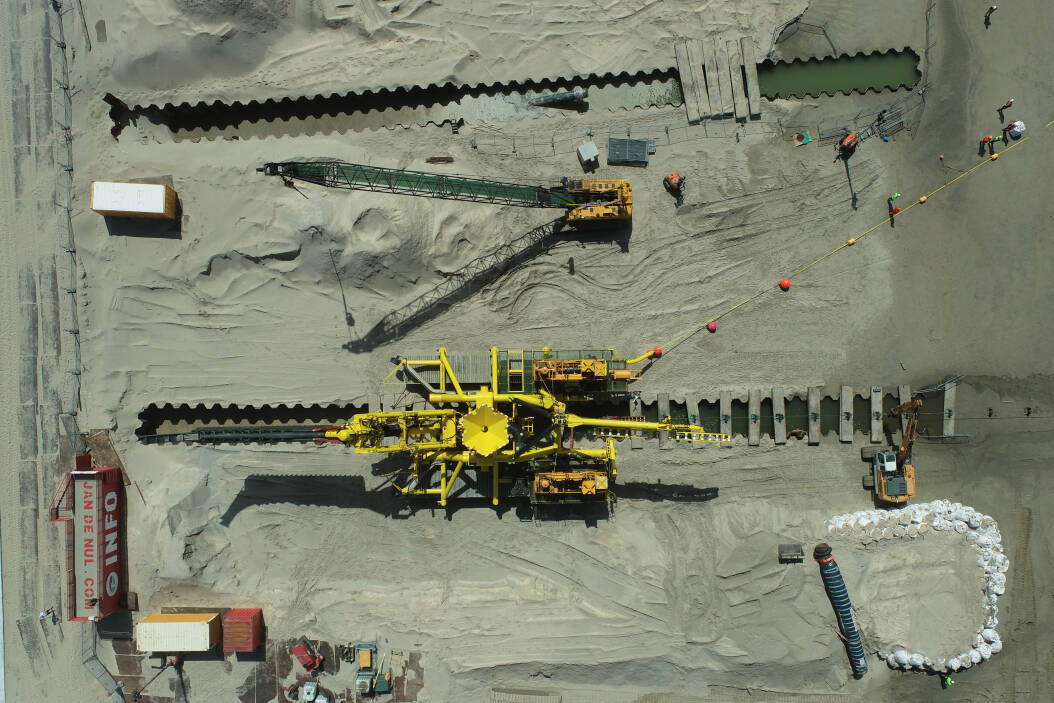
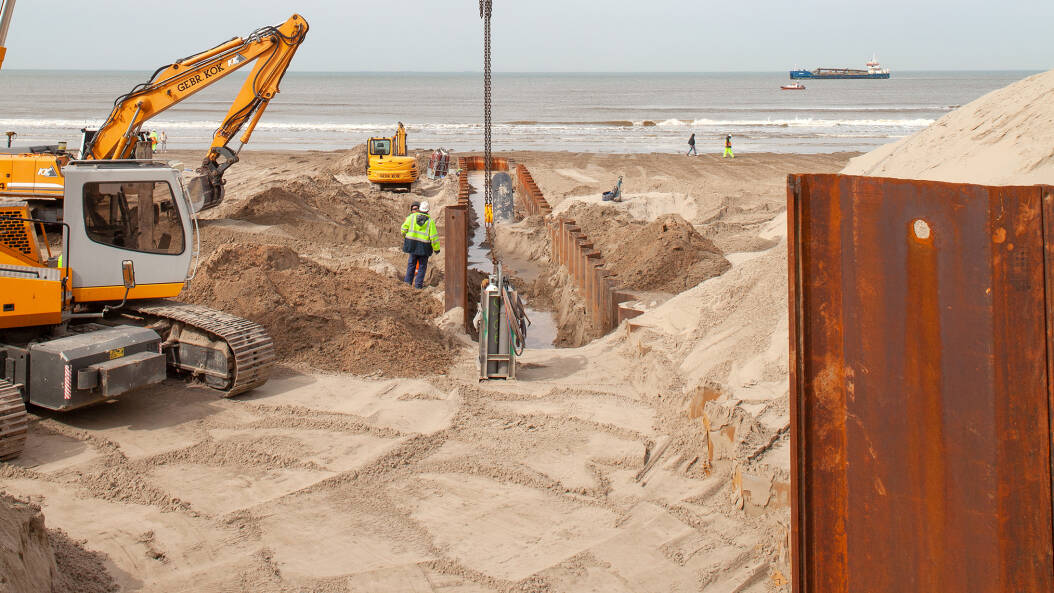

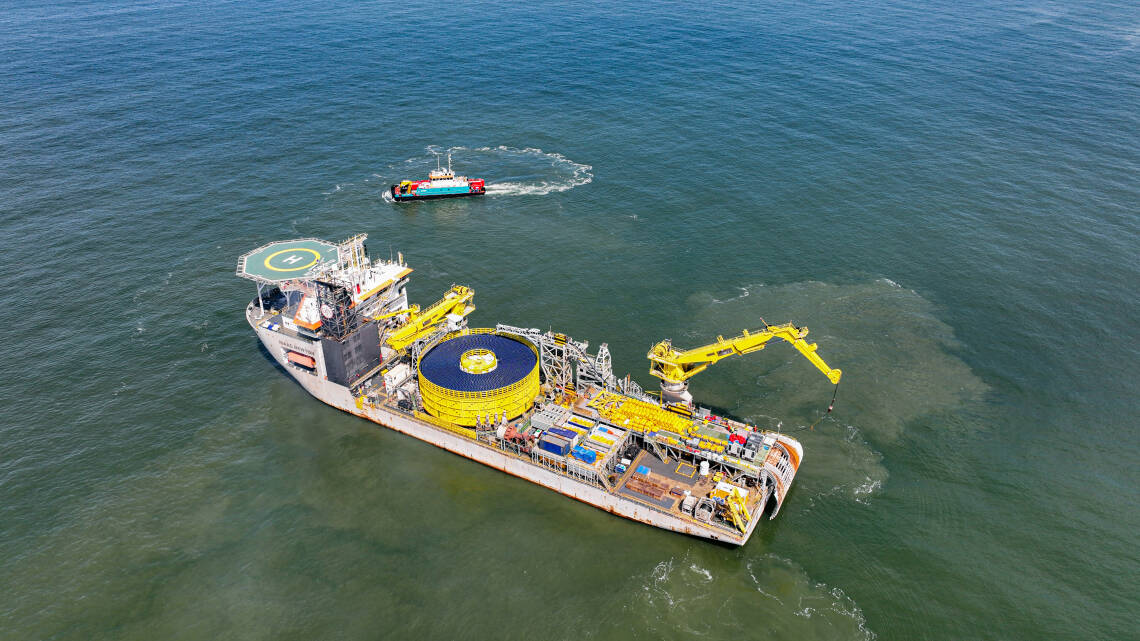
The old Moonfish, which was built for the Race Bank project in the UK in 2016, was entirely dismantled and reassembled. The new Moonfish is fitted with a new vertical injector to reach the required installation depths, and with wider tracks for a better grip. A fine example of in-house innovative design, customised for this project!
Yellow, 11 metres high and a gigantic sword... what does this machine do? Why are there so many vessels and machines involved? What is going on?
Our activities surely raise many questions by the inhabitants and visitors in Wijk aan Zee. Together with TenneT, we keep them informed on a regular basis by means of physical get-togethers, newsletters, press publications, social media,... but also in our information centre with panoramic roof on the beach. We put warning signs for water sportsmen and women. We are in close contact with the local search and rescue organisations in order to reduce the risk for water lovers as much as possible.
We connect projects and people...

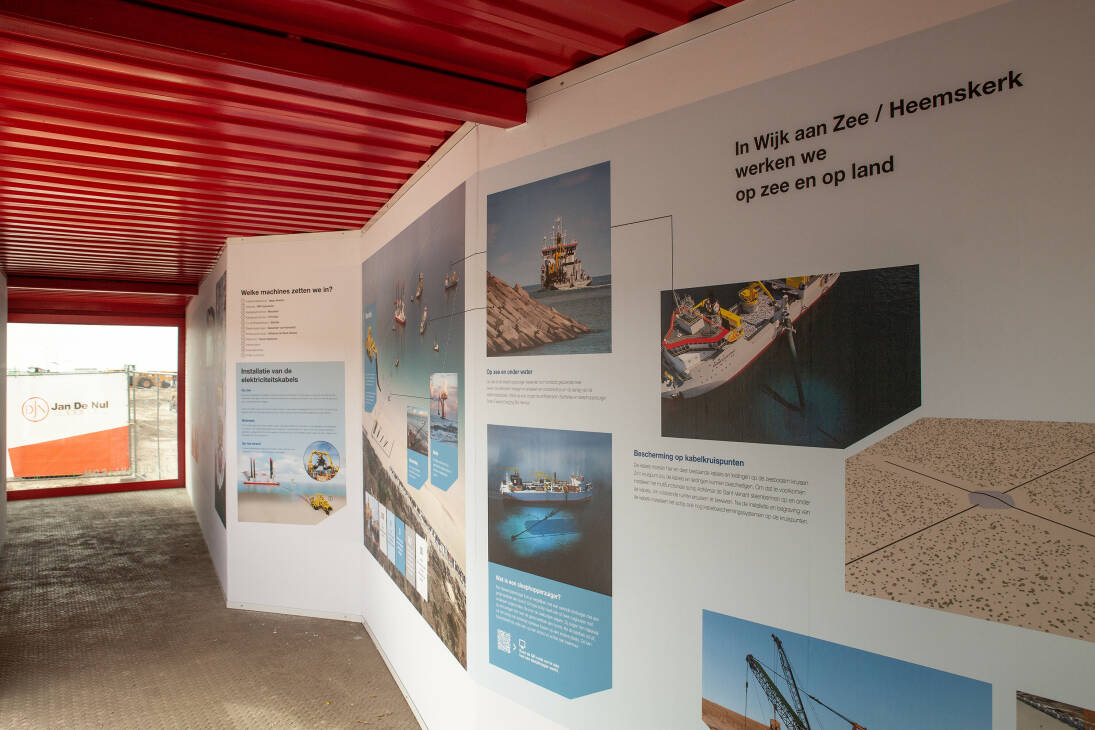
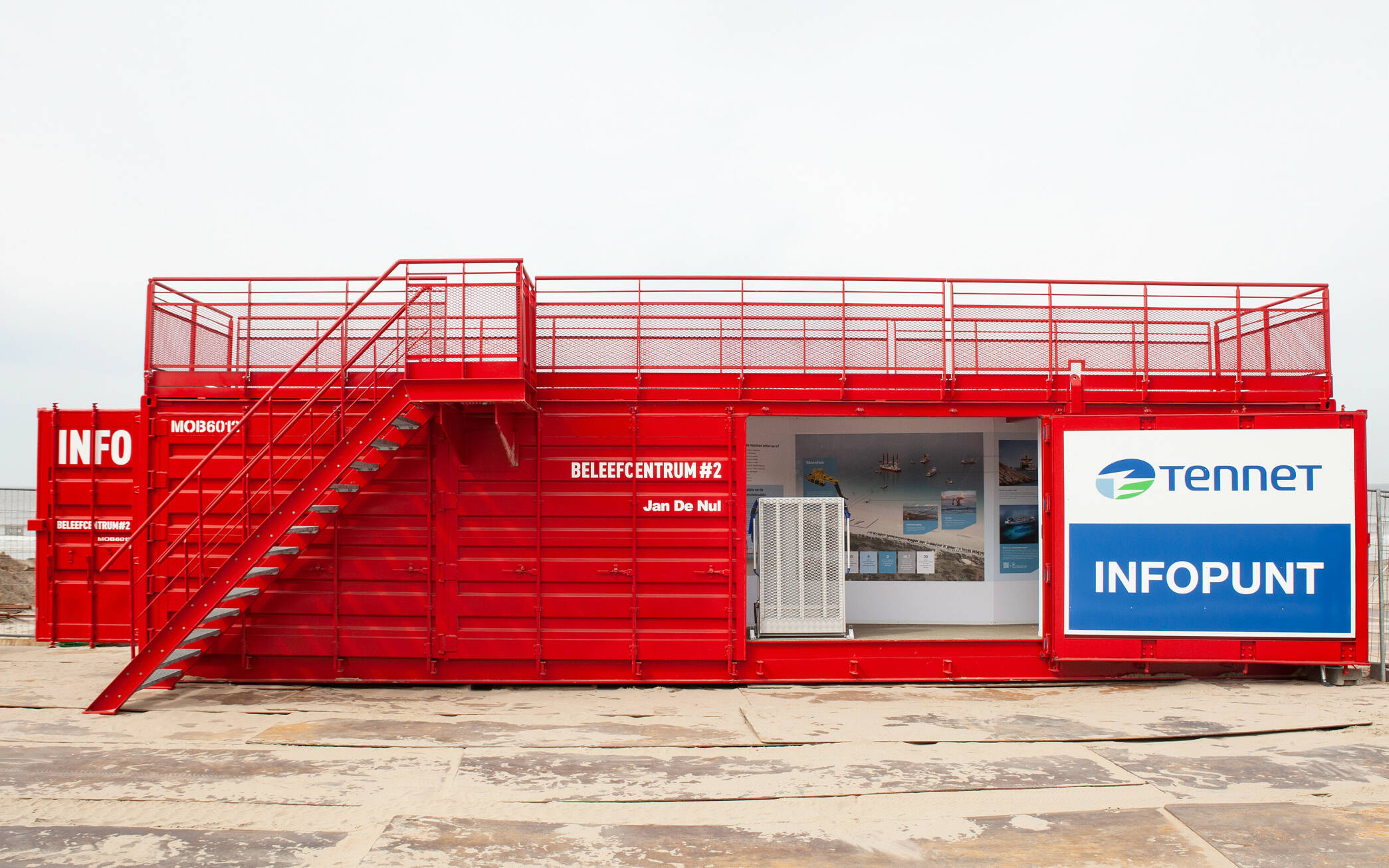
Dries Poelman, Works Manager
Arne Baeyens, Project Engineer
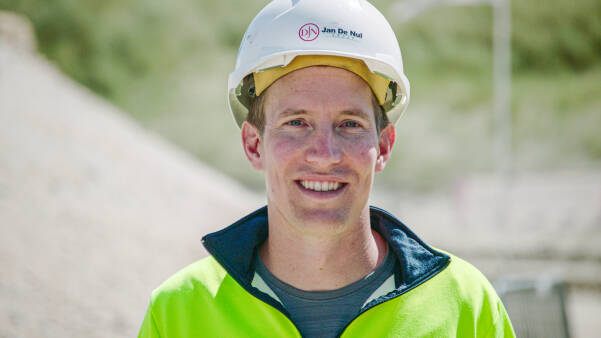
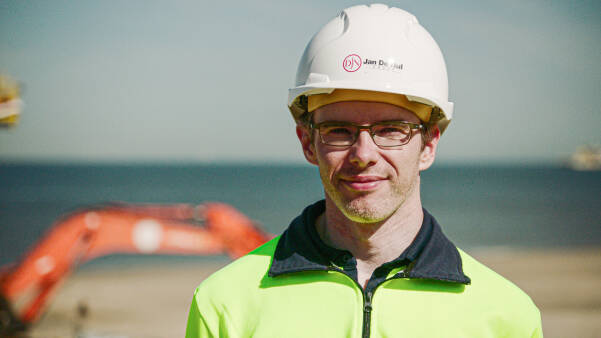
The custom-made Moonfish
The custom-made trencher Moonfish is entirely designed and built by Jan De Nul. Our colleagues Arne Baeyens and Dries Poelman closely worked together to make a machine that perfectly fits the project.
cables
tonnes
km
By 2050, all energy used in the Netherlands must come from sustainable sources. Therefore, the Dutch government firmly invests in offshore wind farms located in the North Sea, a favourable location thanks to its shallow water depth and wind climate.
To bring the sustainably generated energy on land, grid operator TenneT is building transformer platforms off the coast. From that point, submarine power cables bring the generated power to shore, where it ultimately reaches the electricity grid.
The Dutch energy transition

The sandy seabed in the North Sea is highly susceptible to changes: sandbanks move easily as a result of strong currents or heavy weather. Therefore, the cable must be installed as deep as possible to avoid it being exposed.
For this project, the cables must be buried up to 8 metres below the seabed, which is exceptionally deep. An entirely new trencher needed to be built to cope with these unprecedented depths.
Unprecedented depths
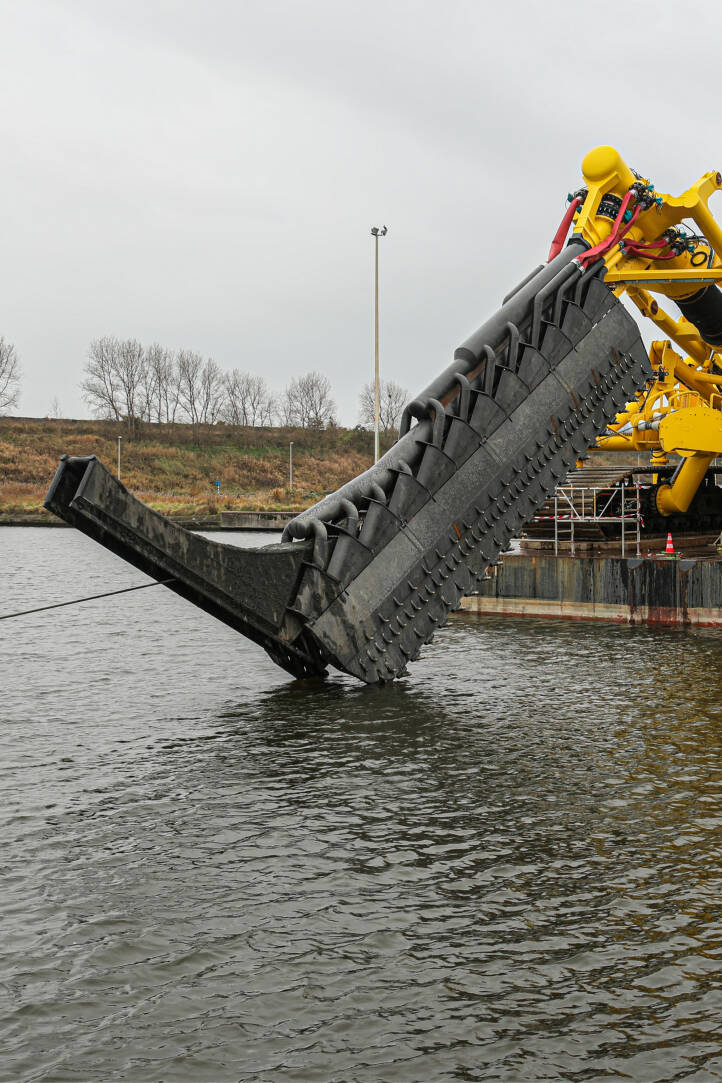
From mobility to heating: the future is electric. And the large-scale electrification of the world goes hand in hand with a boost in renewable energy. The number of offshore wind farms is rapidly increasing, as are the dimensions of its foundations and turbines. The cables that bring the offshore wind power to shore are becoming longer and heavier, because wind farms are located further offshore.
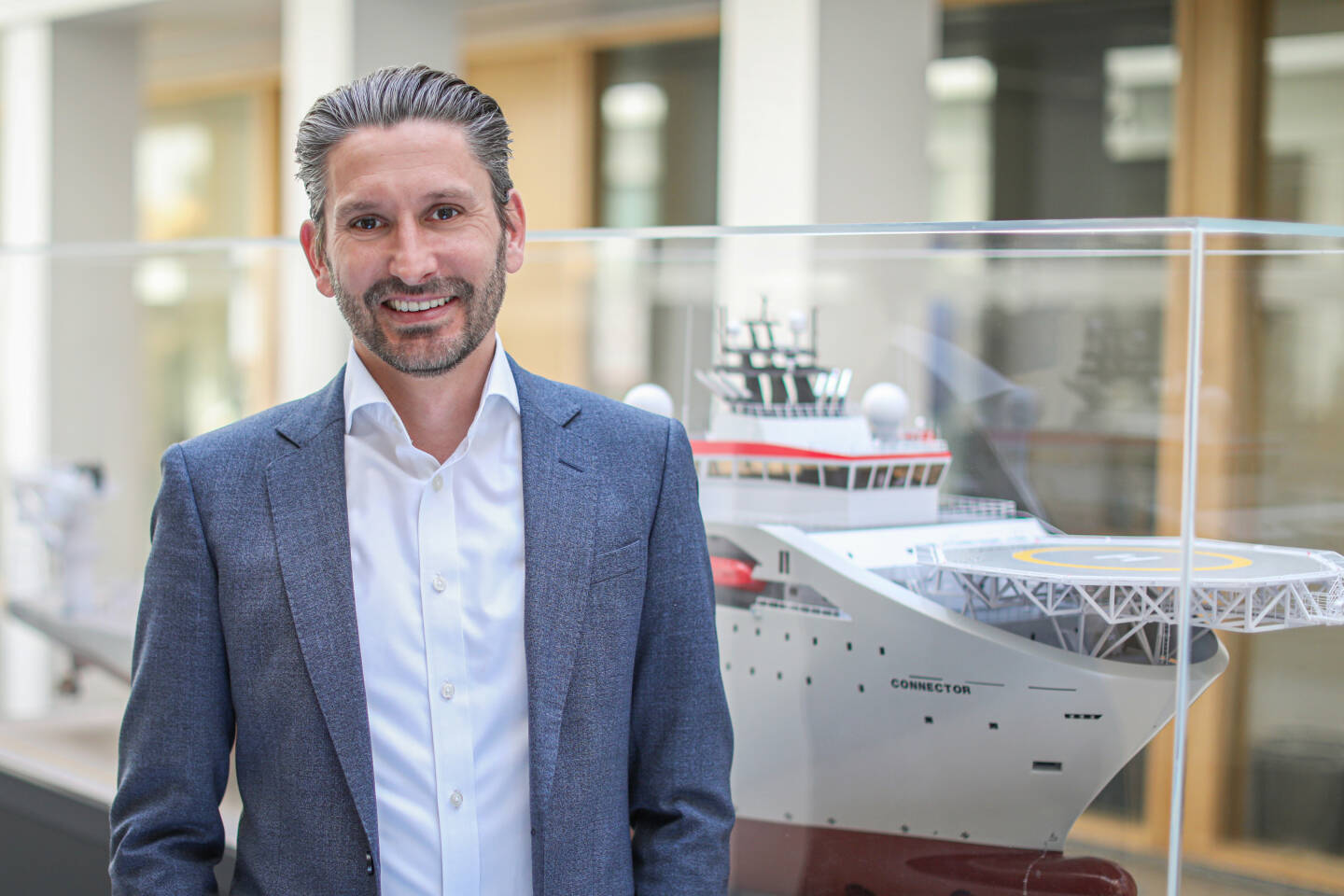

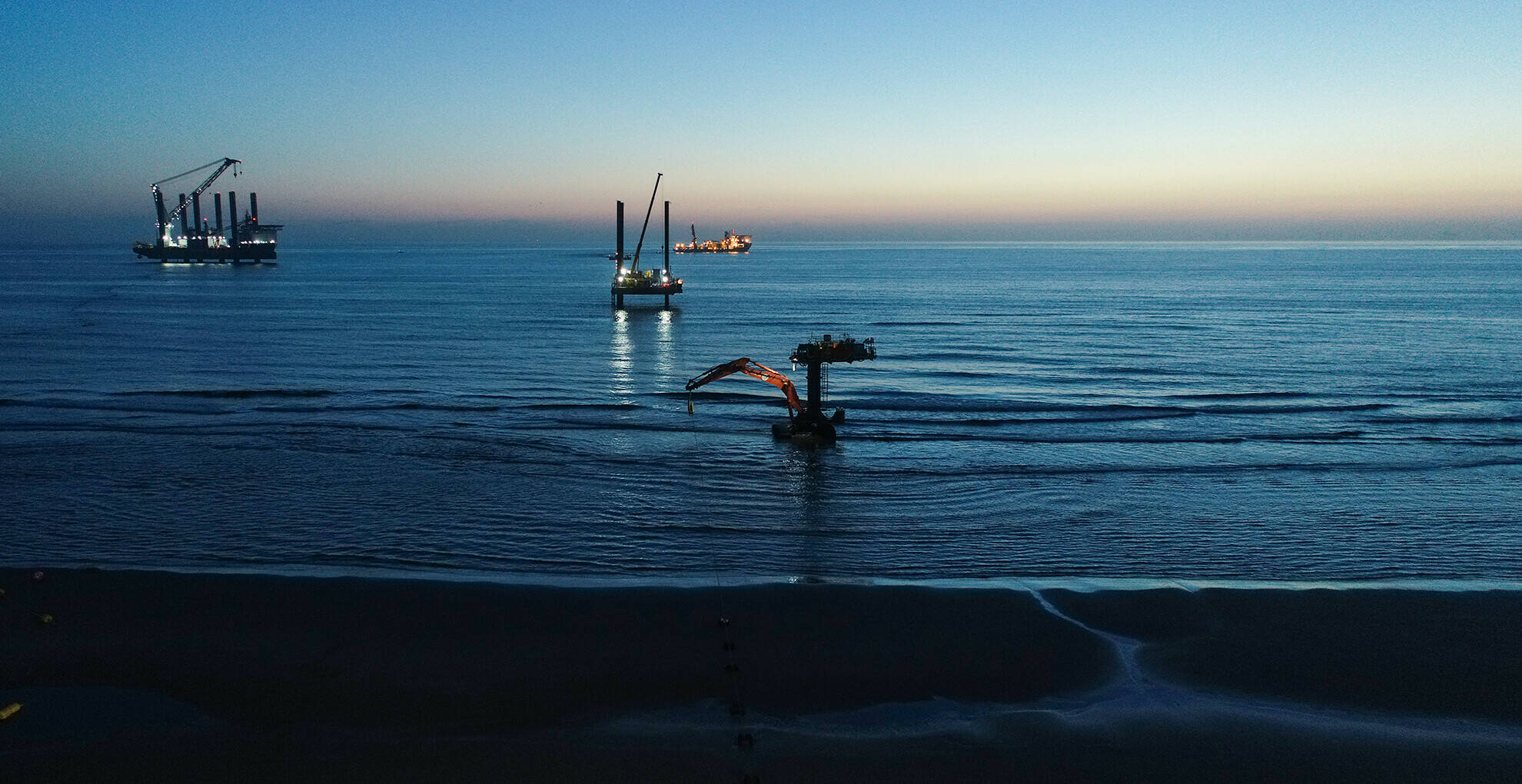
km
Dries Poelman, Works Manager
Arne Baeyens, Project Engineer


READ MORE
Wouter Vermeersch
Manager Offshore Cables at Jan De Nul Group
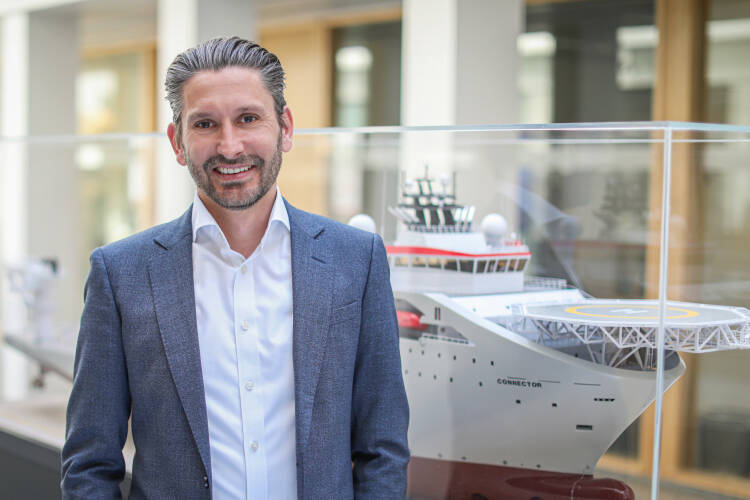



More details?
Check out our website.
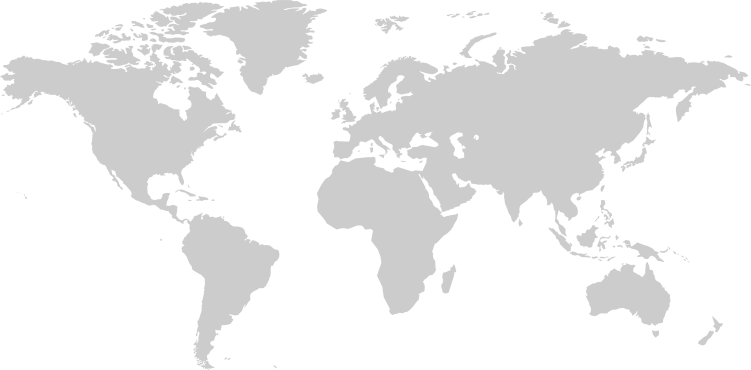
...and we connect the world
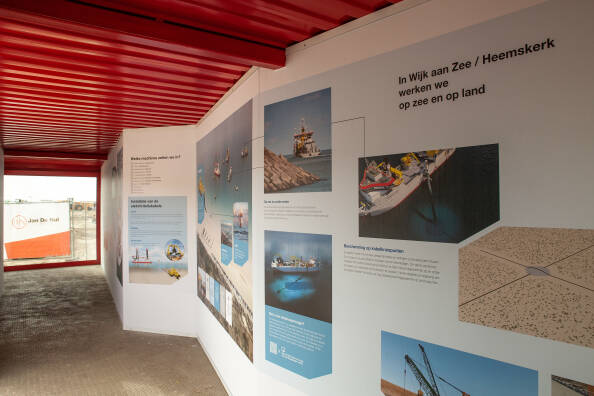
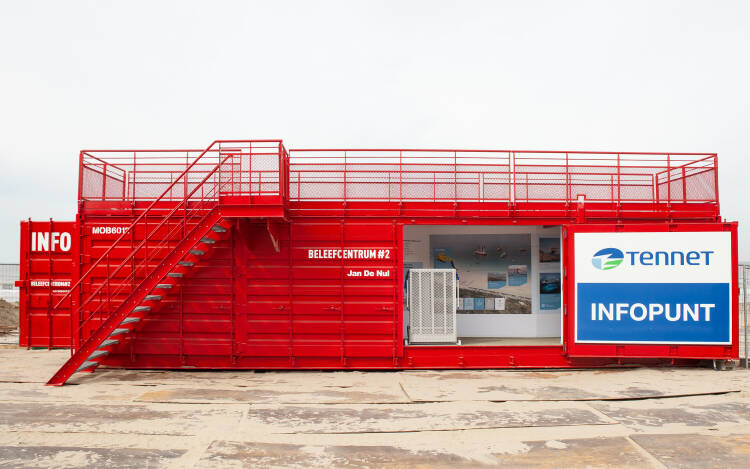
Yellow, 11 metres high and a gigantic sword... what does this machine do? Why are there so many vessels and machines involved? What is going on?
Our activities surely raise many questions by the inhabitants and visitors in Wijk aan Zee. Together with TenneT, we keep them informed on a regular basis by means of physical get-togethers, newsletters, press publications, social media,... but also in our information centre with panoramic roof on the beach. We put warning signs for water sportsmen and women. We are in close contact with the local search and rescue organisations in order to reduce the risk for water lovers as much as possible.
We connect projects and people...
- The long injector or metal sword is equipped with powerful water jets that ‘blow the ground away’ with the force of the water.
- The Moonfish simultaneously lays the cable in the trench.
- This trench is immediately re-covered and, as a result, the cable is buried, invisible after installation.
- An umbilical connects the Moonfish to the heavy-lift vessel at sea for power supply and remote control.
- A floating water pipeline is connected to the Moonfish for water supply.
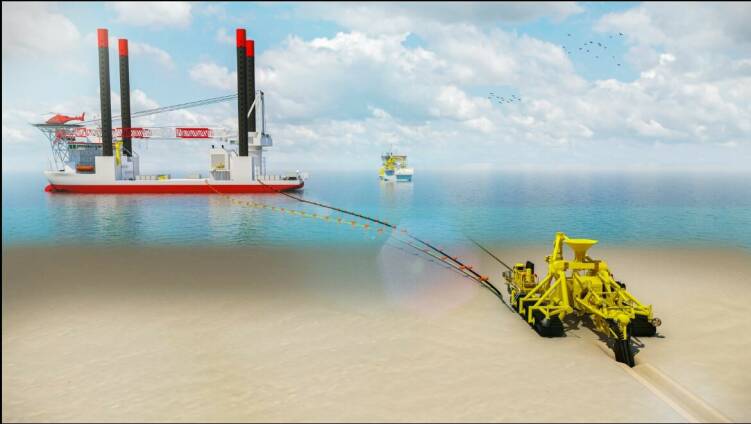
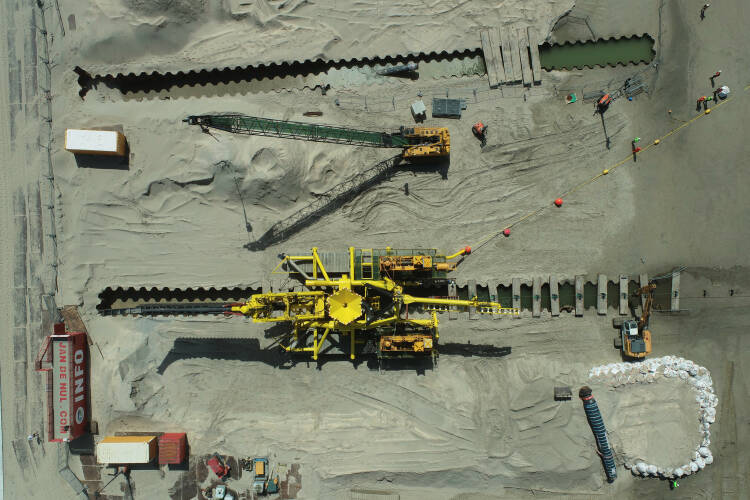
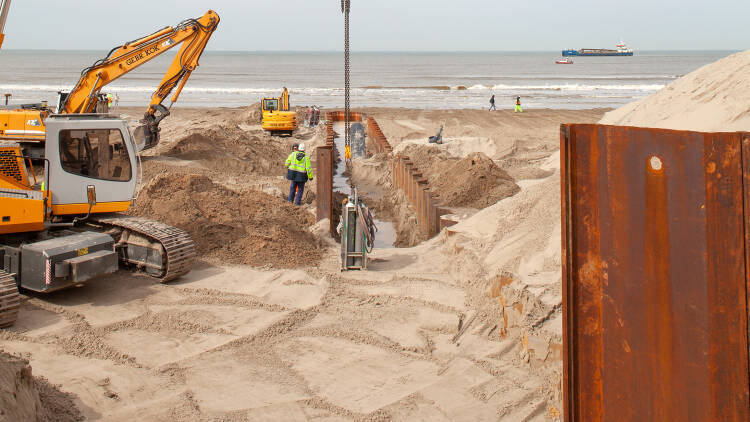
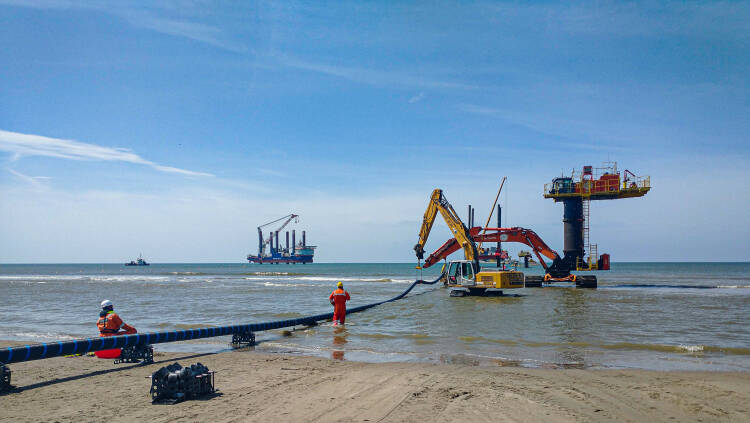
Explained in five steps
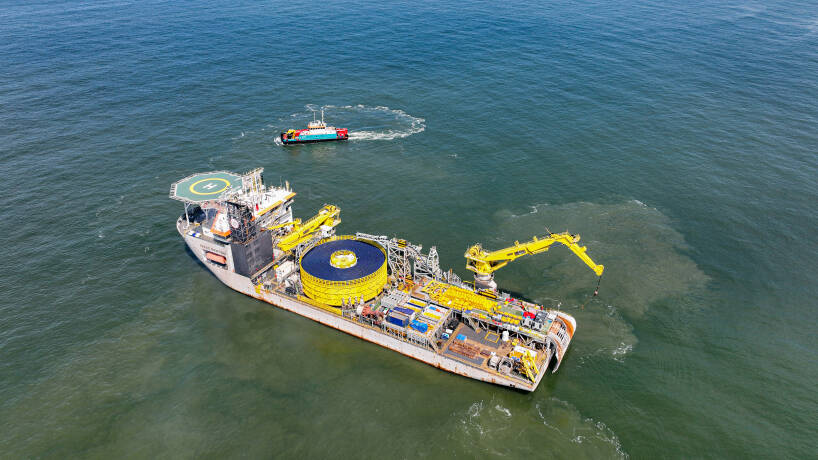
The sandy seabed in the North Sea is highly susceptible to changes: sandbanks move easily as a result of strong currents or heavy weather. Therefore, the cable must be installed as deep as possible to avoid it being exposed.

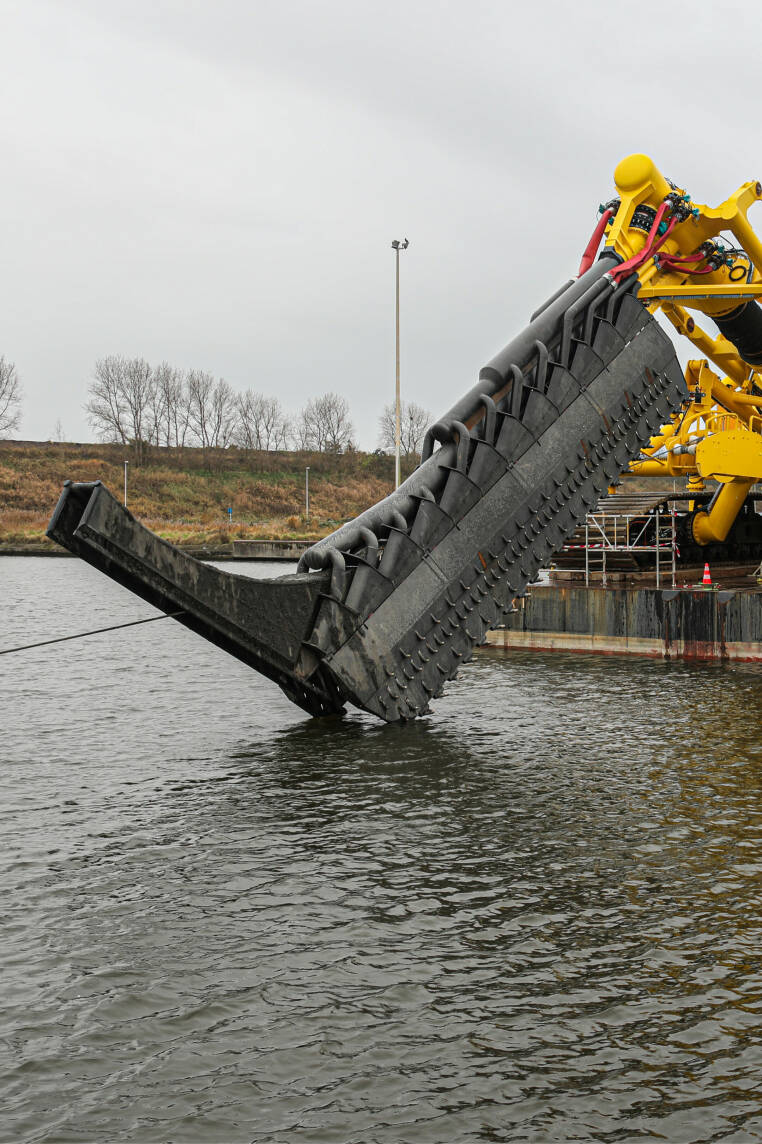
The old Moonfish, which was built for the Race Bank project in the UK in 2016, was entirely dismantled and reassembled. The new Moonfish is fitted with a new vertical injector to reach the required installation depths, and with wider tracks for a better grip. A fine example of in-house innovative design, customised for this project!
For this project, the cables must be buried up to 8 metres below the seabed, which is exceptionally deep. An entirely new trencher needed to be built to cope with these unprecedented depths.
Unprecedented depths
its height
its weight
the depth at which the Moonfish buries the cables
the Moonfish's soil pressure, less than 40% of the human footprint
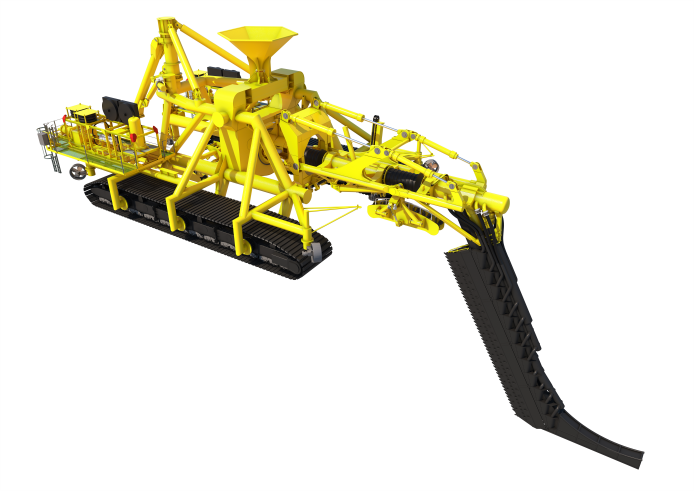


The custom-made trencher Moonfish is entirely designed and built by Jan De Nul. Our colleagues Arne Baeyens and Dries Poelman closely worked together to make a machine that perfectly fits the project.
The custom-made Moonfish
With the connection of the wind farms Hollandse Kust Noord and West Alpha, TenneT will make 1.4 GW of sustainable electricity available. This amount of green power can supply up to 1.4 million households with sustainably generated electricity.
Jan De Nul is in charge of connecting these wind farms to shore, by installing 210 km of submarine power cables.
tonnes
cables
By 2050, all energy used in the Netherlands must come from sustainable sources. Therefore, the Dutch government firmly invests in offshore wind farms located in the North Sea, a favourable location thanks to its shallow water depth and wind climate.
To bring the sustainably generated energy on land, grid operator TenneT is building transformer platforms off the coast. From that point, submarine power cables bring the generated power to shore, where it ultimately reaches the electricity grid.
The Dutch energy transition
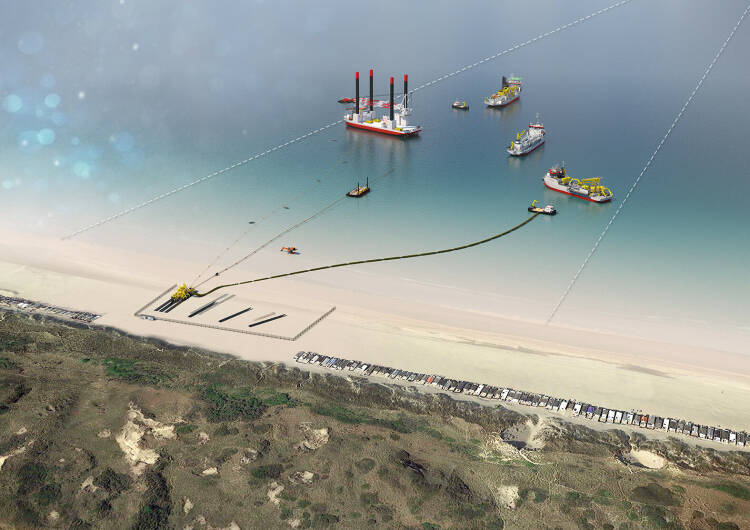

From mobility to heating: the future is electric. And the large-scale electrification of the world goes hand in hand with a boost in renewable energy. The number of offshore wind farms is rapidly increasing, as are the dimensions of its foundations and turbines. The cables that bring the offshore wind power to shore are becoming longer and heavier, because wind farms are located further offshore.





